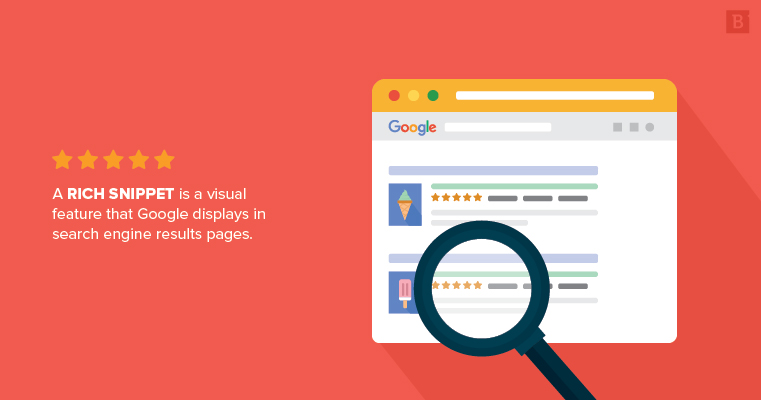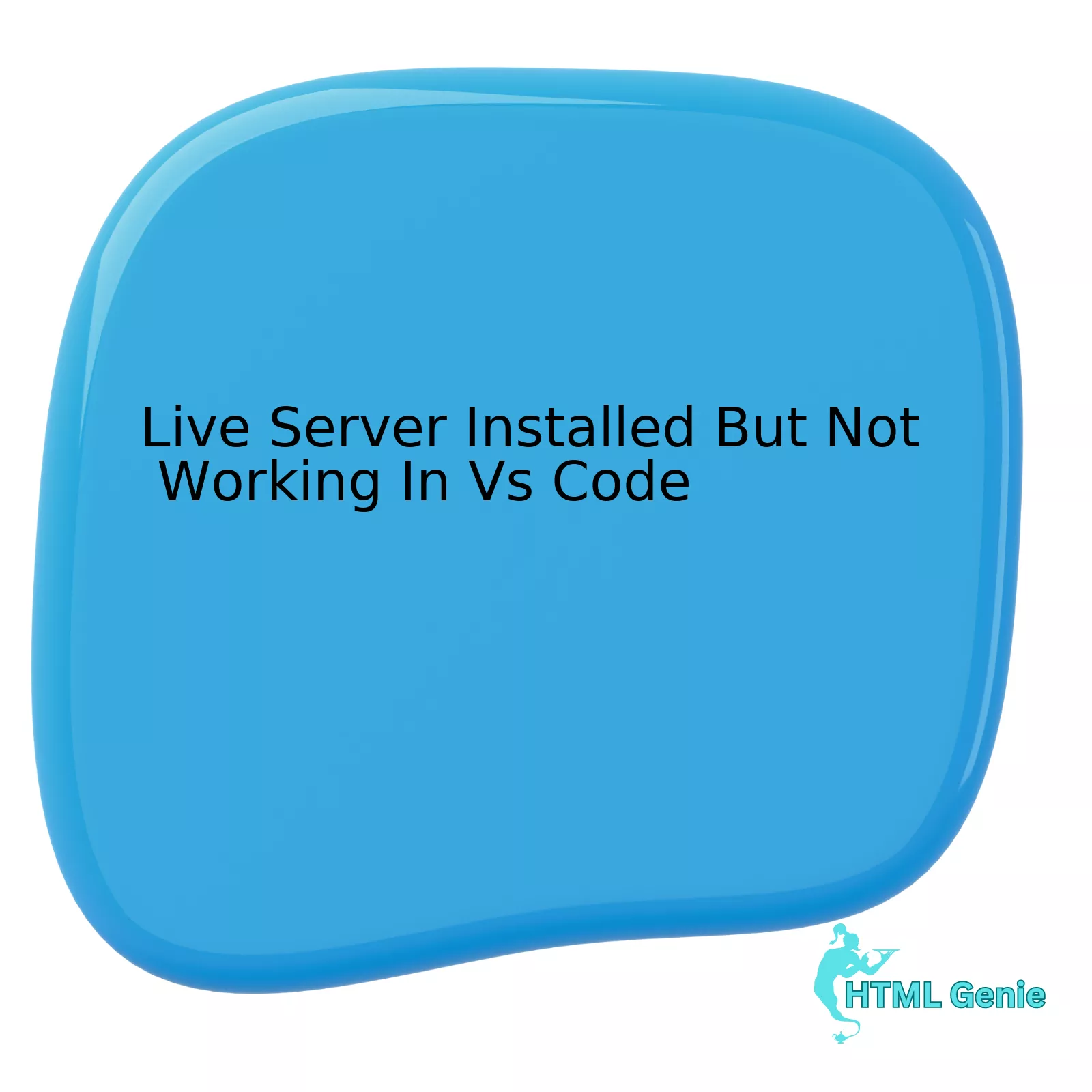In the world of web development, HTML is often seen as the first, most basic step—the simple scaffolding upon which the intricate designs of CSS and the dynamic functionality of JavaScript are built. However, this foundational view often underestimates the profound impact of a well-architected HTML structure. Modern HTML is far more than a collection of tags for displaying text and images; it is the semantic blueprint that gives meaning and context to your content. A robust HTML structure is the bedrock of accessibility, a critical signal for search engines and AI, and the key to a maintainable and scalable codebase.
This article delves deep into the principles of modern HTML structure, moving beyond the basics to explore why semantic markup is non-negotiable for any serious developer or digital professional. We will journey from the chaotic layouts of the early web to the elegant, meaningful structures of HTML5. We will break down how to build a logical and accessible page, provide practical examples, and uncover how this foundational layer directly influences everything from your site’s search engine visibility to the user experience for people with disabilities. Mastering HTML structure isn’t just about writing cleaner code—it’s about building a better, more intelligent, and more inclusive web.
The Evolution of Web Structure: From Table Layouts to Semantic HTML5
To truly appreciate the power of modern HTML, it’s essential to understand its evolution. The way we structure web pages has undergone a dramatic transformation, driven by the need for greater flexibility, accessibility, and meaning. This journey reflects the maturation of the web itself, moving from a purely visual medium to a rich, data-driven ecosystem.
The Early Web: Table-Based Layouts and “Div-itis”
In the nascent days of the web, developers faced a significant challenge: HTML was designed for documents, not complex visual layouts. To create columns, sidebars, and grid-like structures, they turned to the only tool available that could arrange content in a grid: the <table> element. This led to an era of table-based layouts, where entire websites were nested inside complex tables, rows, and cells. While visually effective at the time, this approach was deeply flawed:
- Inaccessibility: Screen readers, which read content linearly, would interpret these layouts as data tables, creating a confusing and nonsensical experience for visually impaired users.
– Poor Maintainability: The code was bloated and rigid. A simple change to the layout could require a complete restructuring of the nested tables.
– Lack of Semantics: A <table> used for layout carries no meaning about the content’s role. The header, footer, and navigation were just cells in a table, indistinguishable from main content to machines.
As CSS matured, developers moved away from tables and embraced the <div> element for layout. This was a monumental step forward, successfully separating content (HTML) from presentation (CSS). However, it introduced a new problem known as “div-itis”—the overuse of generic <div> containers for everything. A typical page might look like <div id="header">, <div class="nav">, and <div id="main-content">. While functional, this structure still lacked inherent meaning. A machine doesn’t know that a div with an ID of “header” is the page header; it only knows it’s a generic division of the page.
The Renaissance: The Dawn of HTML5 and Semantic Elements
The introduction of HTML5 was a watershed moment for Frontend Development. It brought a rich set of new HTML Elements designed specifically to describe the structure of a web page. These are known as semantic tags because they convey meaning about the content they contain. This was a direct answer to the ambiguity of “div-itis” and a core tenet of modern Web Standards as defined by the W3C Standards.
Key semantic HTML5 Features include:
<header>: Represents introductory content, typically a group of introductory or navigational aids. Can be used for the site header or the header of an<article>.<nav>: Contains the primary navigation links for a site or page.<main>: Specifies the main, dominant content of the document. There should only be one<main>element per page.<article>: Represents a self-contained composition in a document, such as a blog post, forum post, or news story.<section>: Defines a thematic grouping of content, typically with a heading. It’s a way to break an<article>or a page into logical parts.<aside>: Contains content that is tangentially related to the content around it, such as a sidebar, pull quotes, or author bio.<footer>: Represents the footer for its nearest sectioning content or for the entire page, often containing metadata like author, copyright, or related links.
Using these HTML Tags provides immediate, machine-readable context, forming the foundation of a truly modern HTML Structure.













Building a Robust Page Blueprint: Anatomy and Best Practices
Understanding the theory behind semantic HTML is one thing; applying it effectively is another. A well-structured document is logical, predictable, and self-documenting. It serves as a clear blueprint for browsers, search engines, and other developers.
Anatomy of a Modern Web Page
Let’s construct a practical example of a typical blog post page using semantic HTML Elements. This demonstrates how the different tags work together to create a meaningful and robust Page Layout.
<!DOCTYPE html>
<html lang="en">
<head>
<meta charset="UTF-8">
<meta name="viewport" content="width=device-width, initial-scale=1.0">
<title>Mastering CSS Grid Layout</title>
</head>
<body>
<header>
<h1>My Awesome Dev Blog</h1>
<nav>
<ul>
<li><a href="/">Home</a></li>
<li><a href="/about">About</a></li>
<li><a href="/contact">Contact</a></li>
</ul>
</nav>
</header>
<main>
<article>
<header>
<h2>A Deep Dive into Modern CSS Grid Layout</h2>
<p>Published on <time datetime="2023-10-27">October 27, 2023</time> by Jane Doe</p>
</header>
<section>
<h3>Introduction to Grid</h3>
<p>CSS Grid is a powerful layout system...</p>
<figure>
<img src="grid-diagram.png" alt="A diagram showing CSS Grid columns and rows.">
<figcaption>Fig 1. A visual representation of a 12-column grid.</figcaption>
</figure>
</section>
<section>
<h3>Grid vs. Flexbox</h3>
<p>While CSS Flexbox is excellent for one-dimensional layouts, CSS Grid excels at two-dimensional page layouts...</p>
</section>
<footer>
<p>Tags: CSS Grid, Web Layout, Frontend Development</p>
</footer>
</article>
</main>
<aside>
<h3>Related Articles</h3>
<ul>
<li><a href="#">Mastering CSS Flexbox</a></li>
<li><a href="#">An Introduction to SASS</a></li>
</ul>
</aside>
<footer>
<p>© 2023 My Awesome Dev Blog. All rights reserved.</p>
</footer>
</body>
</html>
In this example, each element serves a distinct, semantic purpose. The top-level <header>, <main>, <aside>, and <footer> define the primary regions of the page. Within <main>, the <article> tag encapsulates the blog post as a single, self-contained unit. Notice the nested <header> and <footer> within the article—these are scoped to the article itself, providing metadata specific to that piece of content. The use of <time> with a datetime attribute provides an unambiguous, machine-readable date, and the <figure>/<figcaption> pair explicitly links an image to its caption. This is a core tenet of any good HTML Tutorial.
The Ripple Effect: Why Good HTML Structure Matters More Than Ever
A clean, semantic HTML Structure isn’t just an academic exercise; it has profound, tangible benefits that ripple across the entire digital landscape, impacting users, search engines, and development teams.
Accessibility (A11y): Building an Inclusive Web
Perhaps the most critical benefit of semantic HTML is its impact on Web Accessibility. Users of assistive technologies, such as screen readers, do not “see” a web page. Instead, they navigate it based on its underlying structure. Semantic elements act as signposts:
- Landmark Roles: Elements like
<nav>,<main>, and<aside>create “landmarks” that allow users to jump directly to key sections of the page, bypassing repetitive navigation links. - Content Hierarchy: Proper use of heading tags (
<h1>through<h6>) creates a document outline, enabling users to quickly scan the page’s content and understand its structure. - Implicit Meaning: A screen reader will announce a
<nav>element as “navigation” and a<button>as a “button,” providing essential context that a generic<div>with a class name cannot.
While ARIA Labels (Accessible Rich Internet Applications) can be used to add accessibility information to non-semantic elements, one of the first rules of ARIA is “don’t use ARIA if a native HTML element already provides the desired semantics.” A solid semantic foundation is the first and most important step toward creating an accessible experience.
SEO and AI: Teaching Machines to Understand Your Content
In the past, search engines primarily relied on keywords and backlinks to rank pages. Today, their algorithms—and the large language models (LLMs) behind AI engines—are far more sophisticated. They strive to understand the *context* and *meaning* of content. Semantic HTML is a direct communication channel to these machines.
















When a crawler encounters an <article> tag, it knows it’s found the primary content. When it sees a <time> tag, it can reliably extract the publication date. This structured understanding is the precursor to more advanced optimizations. This is where structured data, via Schema.org, comes into play. Schema markup is a vocabulary that you add to your HTML (often as a JSON-LD script) to provide explicit context. For example, you can mark up your content to say, “This <article> is a NewsArticle, its author is this Person, and it was published by this Organization.”
A strong Semantic HTML foundation makes implementing schema more logical and effective. You are building layers of meaning, first with HTML for the browser and basic crawlers, then with schema for advanced search and AI engines. This synergy can lead to rich snippets in search results (like star ratings, prices, and event dates), which dramatically improve click-through rates and enhance your visibility in an increasingly AI-driven search landscape.
Practical Application and Modern CSS Tooling
A well-defined HTML structure is not only beneficial for external consumers like browsers and search engines but also for the developer tasked with styling and maintaining the site. Modern CSS layout modules are designed to work in harmony with a logical document structure.
Styling with CSS Flexbox and Grid
Modern CSS Layout systems like CSS Flexbox and CSS Grid are far more powerful and intuitive when applied to a semantic document. Instead of wrestling with complex CSS Selectors to target nested divs, you can apply layout rules directly to meaningful elements.
















For instance, creating a common “holy grail” layout (header, footer, main content, and two sidebars) becomes trivial with CSS Grid applied to the body’s direct children:
body {
display: grid;
grid-template-areas:
"header header header"
"nav main aside"
"footer footer footer";
grid-template-columns: 1fr 3fr 1fr;
gap: 1rem;
}
header { grid-area: header; }
nav { grid-area: nav; }
main { grid-area: main; }
aside { grid-area: aside; }
footer { grid-area: footer; }
This clean separation of concerns is only possible because the HTML is structured semantically. This approach is also central to Responsive Design and Mobile-First Design. With a logical source order in your HTML, you can use CSS media queries to completely redefine the grid for different screen sizes without ever touching the markup, ensuring your content remains accessible and logical on any device.
Frameworks, Preprocessors, and Best Practices
While CSS Frameworks like Bootstrap and Tailwind CSS provide utility classes and pre-built components, they do not absolve you of the responsibility of writing good HTML. The best practice is to apply these frameworks’ classes to your semantic elements. For example, instead of <div class="nav">, you should use <nav class="...">. Similarly, CSS Preprocessors like SASS or LESS can help organize your stylesheets, but their power is maximized when your CSS is mapping to a predictable and semantic HTML document. The underlying principle remains: start with a solid, meaningful structure. This is one of the most important HTML Tips for any developer, from beginner to expert.
Conclusion: The Enduring Value of a Solid Foundation
HTML structure is the unsung hero of the modern web. While flashy CSS Animations and complex JavaScript logic often steal the spotlight, it is the thoughtful, semantic arrangement of HTML elements that provides the stability, accessibility, and intelligence for everything built on top. By moving beyond a purely visual mindset and embracing HTML as a tool for conveying meaning, we create websites that are more robust, maintainable, and inclusive.
The key takeaway is this: investing time in a well-architected HTML foundation pays dividends across the board. It improves the experience for users with disabilities, enhances your visibility to search engines and AI, and streamlines the development process for you and your team. In an ever-evolving digital world, a commitment to clean, semantic, and standards-compliant HTML is the most future-proof decision a web professional can make. It is, and always will be, the true cornerstone of quality Web Development.



